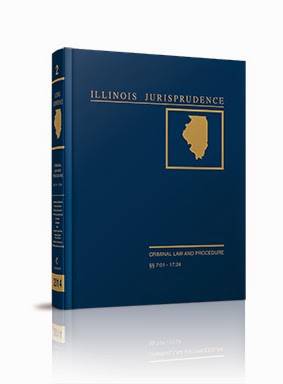You were scanning groceries at the self-service station and decided to omit a few items before slipping them into your bag. But unbeknownst to you, the cameras were watching. As soon as you left the store, security stopped you, and now you are facing criminal charges.
When we think of shoplifting, we usually think of hiding merchandise in a purse or pocket, but the Illinois retail theft law encompasses a broader range of offenses. As you might expect, you cannot leave the store with unpaid merchandise. You also cannot change the labels or price markings on items and pay less than full value. You cannot transfer merchandise from one container to another, for example, by placing full price articles into the sales bin and then try to pay the lower price.
When you are at the self-service register, you cannot under-ring your merchandise or fail to scan it. And make sure you leave that shopping cart in the parking lot.
It is retail theft to pretend you own property in order to get money or store credit or an exchange. Nor can you fail to return property that you have leased.
You may not use a theft detection shielding device in order to take something. A theft detection shielding device includes any “laminated or coated bag or device designed and intended to shield merchandise from detection by an electronic or magnetic theft alarm sensor.” (720 ILCS 5/16-25(e).)
For a first offense of less than $300 in goods, you can be charged with a Class A Misdemeanor punishable by up to 1 year in jail and a $2,500 fine. A second offense is a Class 4 felony punishable by 1 to 3 years in jail and a $25,000 fine. Merchandise over $300 upgrades your first offense to a Class 3 felony, punishable by 2 to 5 years. The store merchant may also sue you in civil court for the price of the merchandise and their attorney fees.
If you stole something and ran out an emergency exit, you can be charged with Theft by Emergency Exit, a Class 4 felony for merchandise valued under $300. A second offense is a Class 3 felony. For value over $300, Theft by Emergency Exit is a Class 2 felony, punishable by 3 to 7 years.
To be convicted for retail theft, the state must show you intended to permanently deprive the rightful owner of their property. If you accidentally walked out with something in your cart, you may have a defense. This defense would be complicated, however, if you concealed the object so that while “there may be some notice of its presence, that merchandise is not visible through ordinary means. (720 ILCS 5/16-25(c ).) Illinois law allows a judge or jury to infer that you intended to steal the goods if you concealed them and left the store.
If you are charged with a retail theft offense, contact an experienced criminal law attorney immediately. Do not make statements to store security, the police or others about your case. Trying to explain yourself could give the prosecution the evidence needed to convict you. As with almost any crime, the prosecution must prove the offense beyond a reasonable doubt including whether you had the necessary intent. An experienced attorney can look for weaknesses in the state’s case. Even if you are caught red-handed with the goods under your clothes, an experienced attorney may negotiate a better plea agreement than you could on your own.
If you have questions about this or another related criminal or traffic matter, please contact Matt Keenan at 847-568-0160 or email matt@mattkeenanlaw.com
Source: See Illinois Retail Theft Law.
(Besides Skokie, Matt Keenan also serves the communities of Arlington Heights, Chicago, Deerfield, Des Plaines, Evanston, Glenview, Morton Grove, Mount Prospect, Niles, Northbrook, Park Ridge, Rolling Meadows, Wilmette and Winnetka.)



